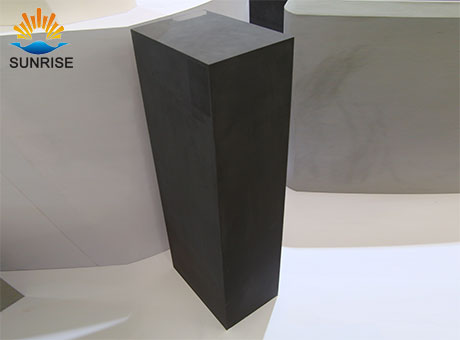Refractory knowledge
- Physical properties of refractory materia
- How to Bake High Alumina Bricks
- Introduction to the production process of
- Lightweight fire brick performance
- Application of Lightweight Clay Brick in
- The production process of Refractory Bric
- The origin and development of refractory
- The impact of Sino-US trade war on the re
Hot Products
Insulation of glass bottom and wall
Taking the road of sustainable development has always been a principle issue that must be followed and adhered to in the industrial development of our country and the world.
The problem of waste of energy in industrial kilns has always existed, and heat losses generally account for about 22% to 24% of fuel consumption. Kiln insulation has received increasing attention. Conforming to the current environmental conservation sources and taking the green policy trend of sustainable development, the source of the festival has brought visible benefits to industry. Therefore, the rapid development of fire-resistant insulation material has made it widely used in industrial furnaces and high-temperature equipment industries.
1. Glass tank bottom insulation:
The temperature of the bottom glass in the kiln is increased, and the glass flow increases. The method for constructing the insulation layer in the bottom of a common glass kiln tank is usually to increase the insulation layer of the bricks in the heavy refractory brick masonry or heavy indefinite refractories construction.
The bottom insulation material is generally: lightweight clay insulation bricks, fireproof clay, asbestos and other fire-resistant insulation materials.
2. Wall insulation:
For the pool wall, according to the usual practice, the most serious erosion and damage is at the inclined surface and the brick seams. Before the insulation measures are taken, one should try to grind the masonry plane of the brick wall tiles to make the bricks and bricks. The gap between the two reaches the minimum size. 2 Use large-size bricks as much as possible to reduce the number of brick seams. The wall insulation material is generally a lightweight clay insulation brick.
The application of high-quality refractories determines the service life of industrial kiln furnaces and high-temperature equipment, the unit energy consumption of products and the output of products. The rapid development of fire-resistant and heat-insulating materials and the development of various new types of insulation materials have, to a certain extent, also promoted the development of industrial furnaces.









